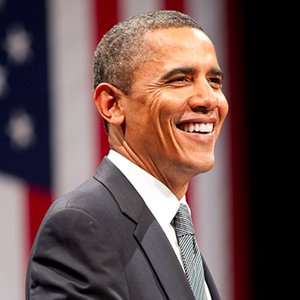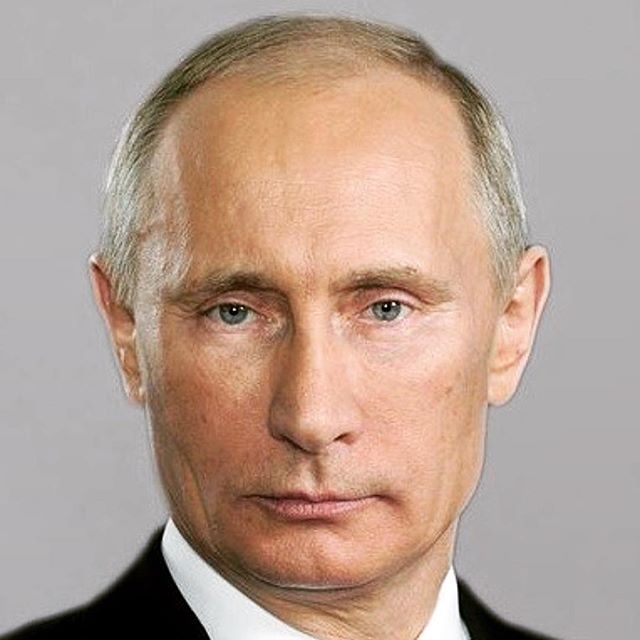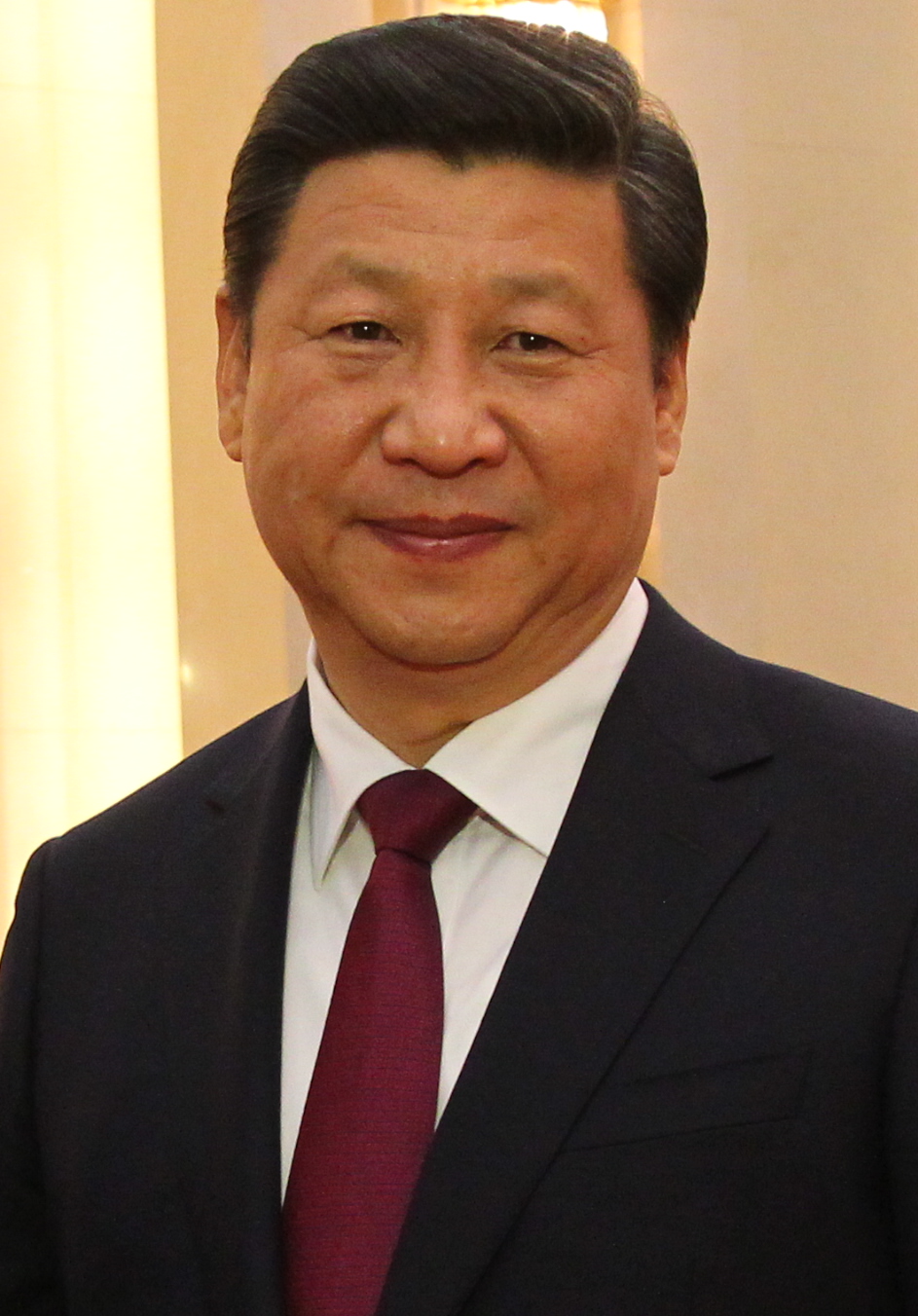We did not expect Chinese foods to be free of glyphosate, primarily because of two reasons.
- China is the world’s largest producer of glyphosate.
- China is known to be the largest importer of Argentinian, Brazilian and US RoundUp Ready Soy. The Argentinian Soy being grown in the Pampas is known for aerial spray over the plains which are suspected to be linked to birth defects of indigenous people that live there.
However, the records from CFIA’s testing of foods available in Canada, both of local and imported origin, show a trend of remarkably clean foods as imported from China into Canada.
This had originally made me skeptical and doubt the quality of my transcription of the CFIA data, or the selection of sampling varieties by CFIA. However, as more data is transcribed, totalling over 3,700 records, I can see that the samples have a wide variety. Also, readings of similar foods grown in other countries including Canada and the US are showing much higher level of glyphosate in them. Eventually I had to acknowledge, grudgingly at first, that for some inexplicable reason, the foods exported from China to Canada are a lot better in terms of glyphosate poisoning, than one might expect.
There are around 120 samples of foods listed by CFIA as originating from China, among the fist 3,700 odd records. The average parts per billion count of glyphosate and AMPA turns out to be below 5. This makes China among the best five countries whose foods are available in Canada, and whose sample numbers as tested by CFIA is above 40. The few countries that beat China in this category of clean food supply, are Mexico, Thailand, South Africa and Peru. This has been covered in a separate blog. A few other countries also have exported very good food to Canada, and their numbers are catching up, such as Bolivia, with 23 samples and an average ppb of 4.

Since soy is a big item in Chinese cuisine, there was an expectedly high number of samples tested that contained soy. So a separate table was prepared for them, as shon above. With 26 samples, the average ppb count came to be just 5, and the worst one, a dry, roasted, salted, gluten free soy product, had 51 ppb of the herbicide.

Although soy is also a bean, it was separated from other beans because of the number of samples and because of its prevalence in Chinese food. The rest of the bean containing samples were compiled in a second table, shown above.
A single bad sample, of Pinto Beans with a combined ppb of glyphosate and AMPA measured 204. All others had either zero or low values of the herbicide. The average ppb in this group, totalling 24 samples, came to 10.3.

Next come the grains. Again, out of 21 samples, only a few had any glyphosate or AMPA. The highest concentration was only 24.8 ppb in a sample of Barley. The average ppb for this group was 2.3.

And then comes a long list of almost fifty samples that all showed zero glyphosate.
I consolidated that longish list by category type and number of samples, as shown here. The largest number of samples in this group are baby food.
I remember the local story of baby food scandal in the interiors of China some years ago, when I heard it from locals during one of my past work visits to the coastal region.
Apparently, there was this odd phenomenon of babies in the interior being reported to have a proportionately larger head for its body. Eventually some doctors and specialists went there to look into it and found a whole different and horrible story. The heads were normal, but the body was underdeveloped. The root cause was found to be lack of nutrients and too much of synthetic stuff that looks like food into the baby formulae.
At that time, China was making the major change from a state controlled economy to a free market entrepreneurship. In the process, food quality inspection and control was not as well established, especially in the rural areas, as they should have been. So free market entrepreneurship when rampant and at reached at times extreme levels of adulteration.
Also, at the same time, westernization and modernism was spreading into the rural heartlands, where nursing through breast milk was not as cool as giving modern balanced food through baby formulae.
The combination of all this was causing severe malnourishment in babies. This practice was reportedly put a stop to, and ruthlessly, by a new regime of quality control in baby food. That is what I heard at the time.
And now, so many years later, here is a list of 15 baby food samples from China, tested in Canada, show absolutely no glyphosate at all. Of course, glyphosate was not the issue at the time – adulteration and lack of nutrition was. The current test involves glyphosate and AMPA only. I suspect the reasons such large number of Chinese baby foods are in the test records is because Canadians that trace their origin back to China might be importing these foods for their babies. This is just a guess.
Anyhow, this post was made with the best efforts to show that, whatever might be the case with China producing glyphosate and importing Argentinian RoundUp Ready Soy, the samples of foods imported from China and collected in Canada seem to show a remarkably clean range of foods comprising of grains, soy, beans and various other natural and processed foods.
All these records were based on the first 3,700 odd records, or about half of the total numbers of tests conducted by CFIA. When the rest are also transcribed, I should be revisiting this topic, if there is a major change in the findings.
A note of caution
We should remember that China is the largest producer as well as exporter of glyphosate, for Roundup as well as many other glyphosate based herbicides for sales around the world.
Following learned from some Chinese activists :
In 2015 and 2016, over 80 million tons of RR (RoundUp Ready) soybeans soaked with glyphosate residues were imported into China, mostly from USA, Brazil and Argentina. They contain neurotoxin solvent hexane (with carcinogen benzene residues) chemically extracted for the RR soybean oil with glyphosate/AMPA residue flooding the domestic food market (inside China).
The side-product RR soybean meal soaked with glyphosate + hexane + benzene residue is partly processed into animal feed, and partly processed into human consumed RR soybean protein, added to ham, sausages, frozen food, bread, cakes, soy milk, infant formulas etc etc. These are again sold on the Chinese market.
China still produces about 10 million tons of non-GMO soybeans, including much smaller amount of organic soybeans. American, European, Japanese importers actively purchase them for processing medical products, health care products and food products, and in many cases hire inspectors to test these soybeans in the field.
Chinese companies exporting food products to USA, Europe, Japan etc., are very careful in only using non-GM soybeans to process such products, Chinese government inspection bureaus also carefully test exported food products, making sure they are not processed by RR soybeans with glyphosate residue which only enter the food supply for Chinese domestic consumption.
For the above reason, China experiences the same dramatic increase of malignant diseases as in the USA
Reference article by Chinese Military Scientist on GM Watch.
Its a bizarre world.
Comments welcome.





